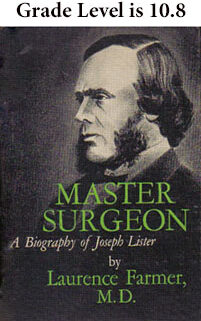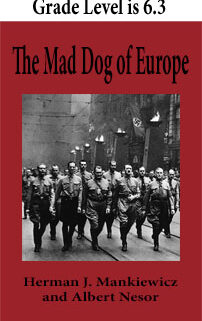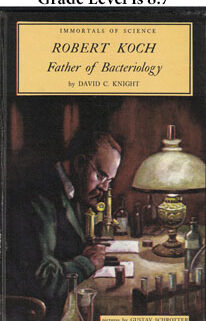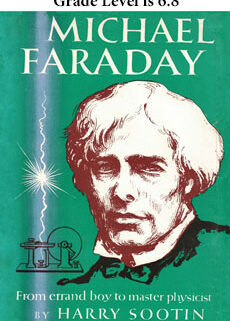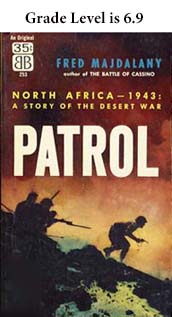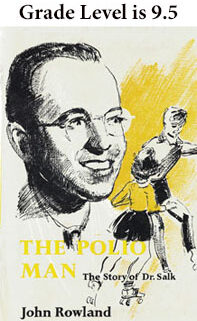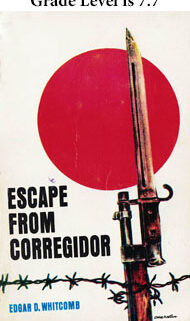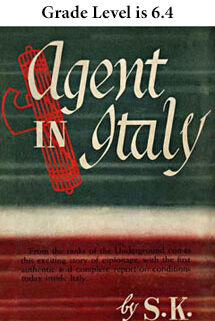Master Surgeon–A Biography of Joseph Lister by Lawrence Farmer
Download an epub file for your Android or Apple device:
Download a mobi file for your Amazon device:
It has been said that there are only two periods in the history of surgery: before Lister and after Lister. In this full-length biography, Laurence Farmer tells the fascinating story of the brilliant, dedicated man who developed the revolutionary concept of antiseptic surgery.
The reader is given a vivid picture of the deplorable hospital conditions of the mid-nineteenth century, and the strong resistance to change that existed even among the most distinguished medical men of the day. Against this background, Joseph Lister’s long struggle to prove his theories about hospital infection and to achieve their acceptance by his colleagues stands out in dramatic relief.
Although the majority of the book is devoted to Lister’s career as a surgeon and researcher, there are many interesting details of his Quaker family background, his education, and his unusually happy marriage. Lister emerges not only as a great scientist, but as a human being of dignity, strength, and tenderness.
Grade Level is 10.8 using the Flesch-Kincaid readability test with three sample chapters.

